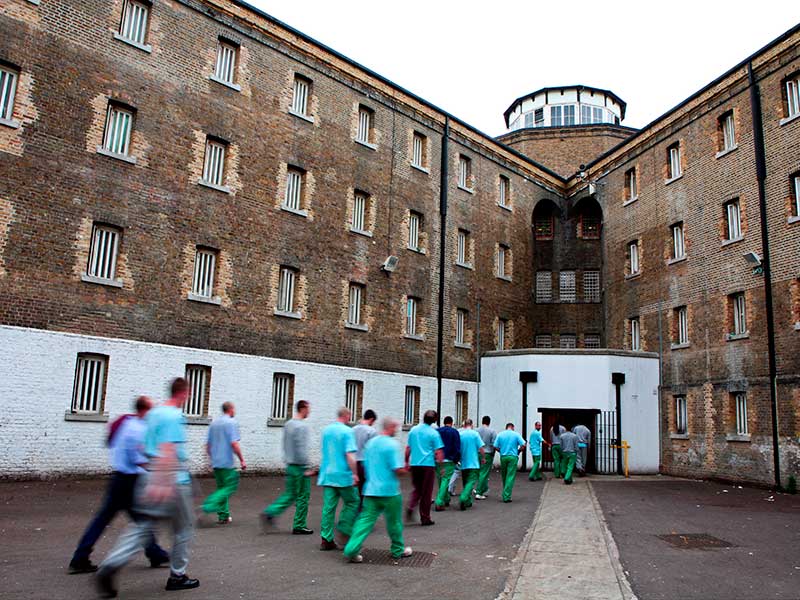Background to the report
The government has extensive property holdings, which it uses to deliver services to the public and support its operations. Government property ranges from hospitals to jobcentres, schools, courts, prisons, museums, research facilities, offices and warehouses.
Jump to downloadsProperty maintenance is important so that public sector buildings remain safe, functional and comfortable for public sector employees and the public. Poor property condition can negatively affect the delivery of services to the public, the public sector’s productivity and staff retention, and the value of government property.
Scope of the report
This report examines whether the government plans and manages property maintenance in a way that ensures value for money.
It covers:
- the importance of property maintenance, how the government manages its property, and the size and composition of the government’s maintenance backlog
- the timeliness, completeness and consistency of the government’s data on property condition and the backlog
- how the government funds property maintenance and how government organisations use the funding available
- property professionals’ capacity and capability
Video summary
Conclusions
Having good-quality property that is properly maintained, utilised and adaptable to future needs is fundamental to delivering public services. However, the condition of government property has declined over the last decade.
The government has accumulated at least £49 billion of maintenance backlog. The government will need to consider the optimal way to manage its assets alongside its long-term investment plans, in addition to the cost of ongoing maintenance, to bring property condition to a satisfactory level.
The scale of the challenge will become intractable unless the Office of Government Property (OGP) urgently addresses strategic planning gaps across government, so it and departments can understand what the full picture of maintenance requirements is across government, ahead of the next and subsequent spending review periods.
In the short term, this will allow the most urgent works to be prioritised and risks to be understood. In the medium to long term, it will allow for the government to take a more strategic approach to property maintenance and management, working towards future-proofing the estate to make it fit for purpose and to represent the best value for money.
Downloads
- Report - Maintaining public service facilities (.pdf — 1 MB)
- Summary - Maintaining public service facilities (.pdf — 709 KB)
- ePub - Maintaining public service facilities (.epub — 2 MB)
Publication details
- ISBN: 978-1-78604-593-5 [Buy a hard copy of this report]
- HC: 544, 2024-25
Press release
View press release (22 Jan 2025)


